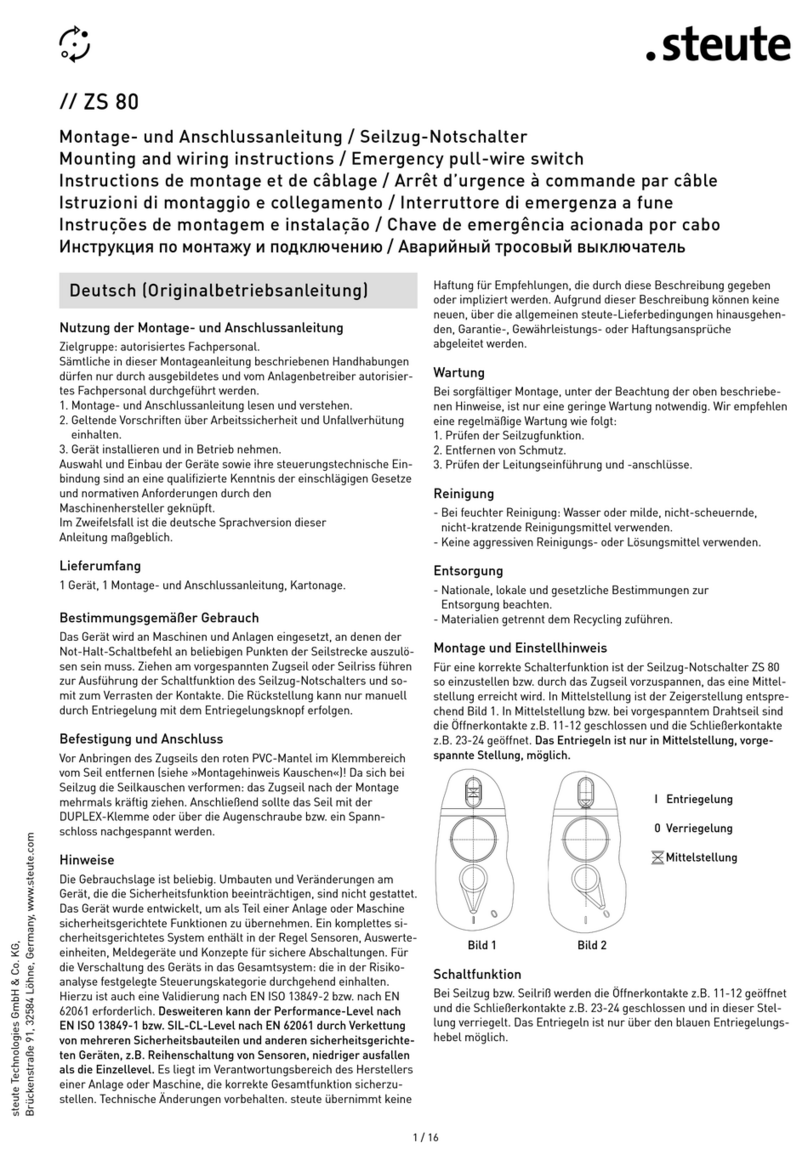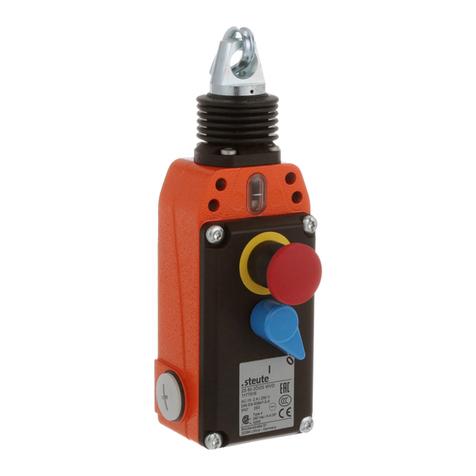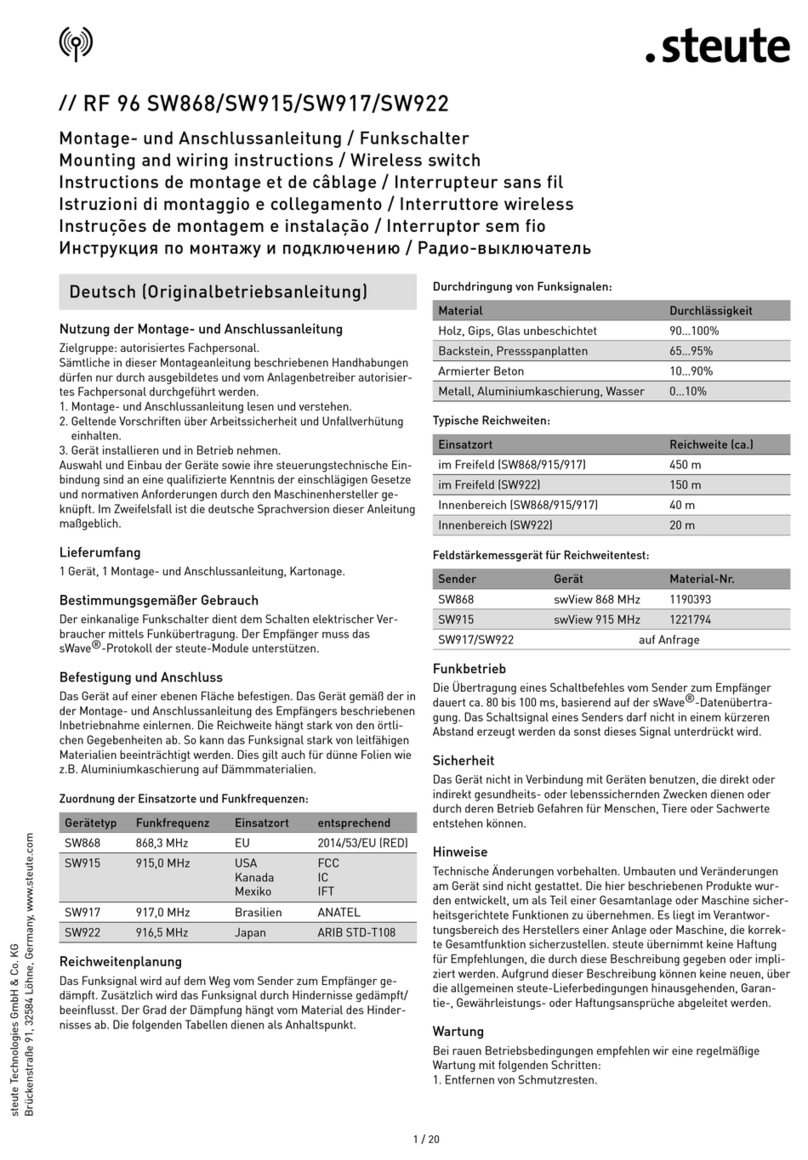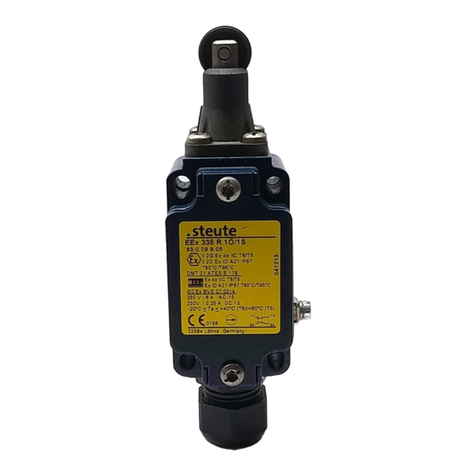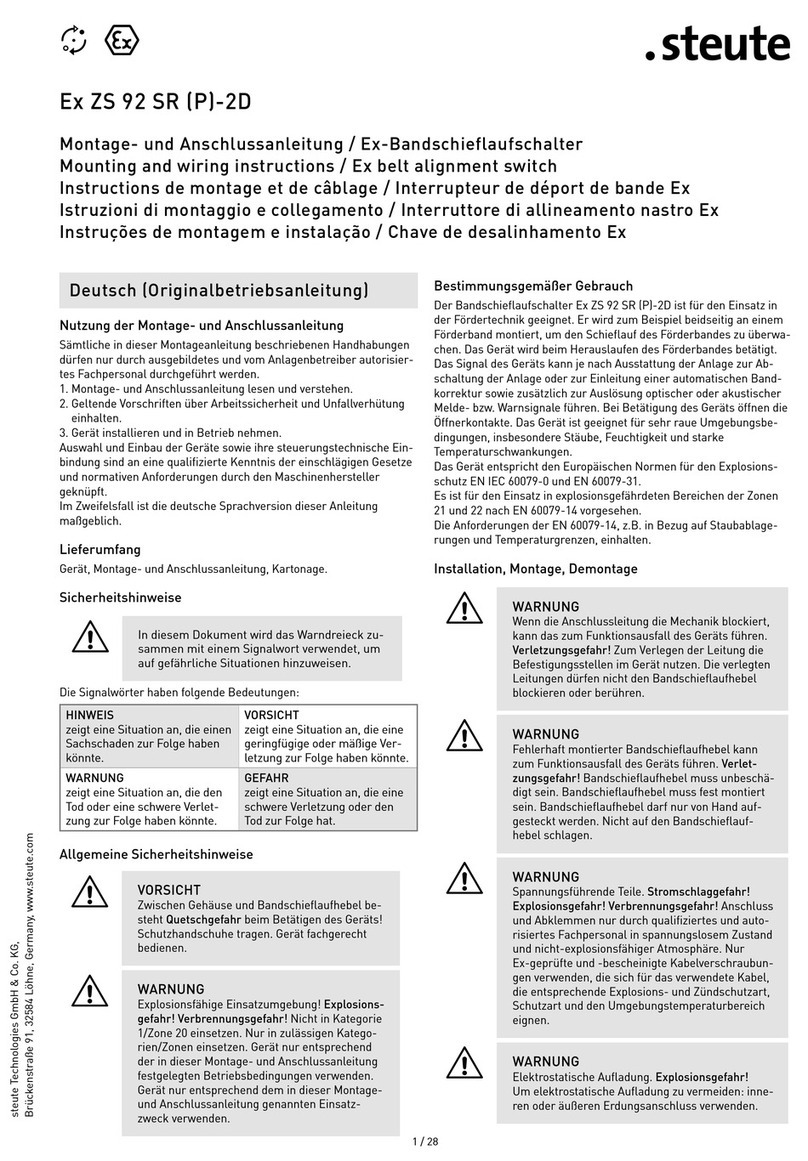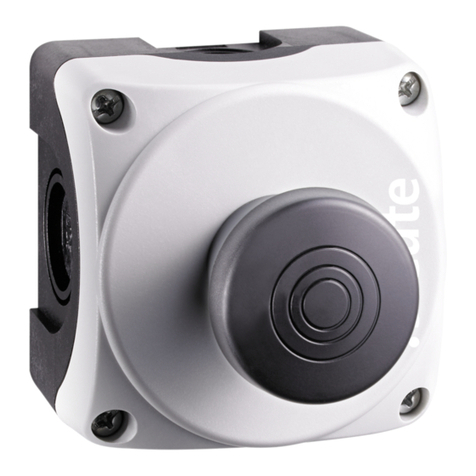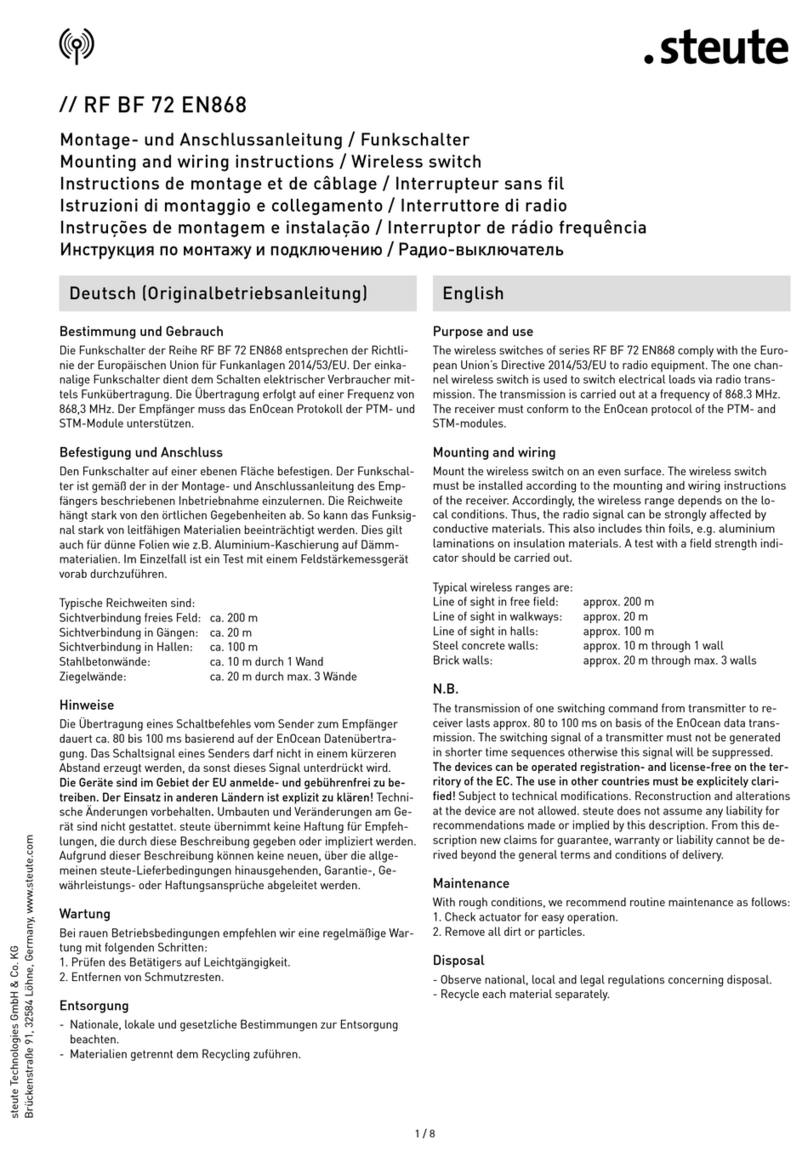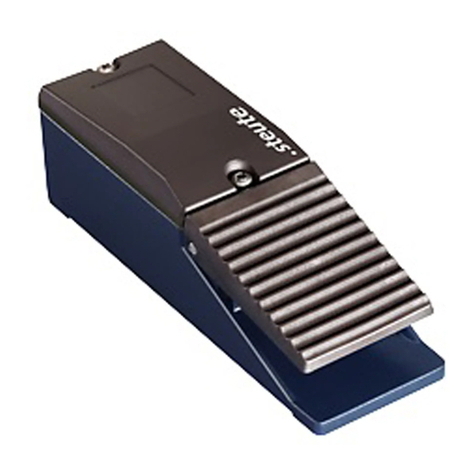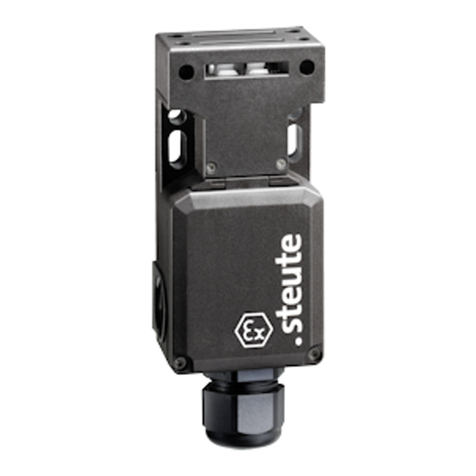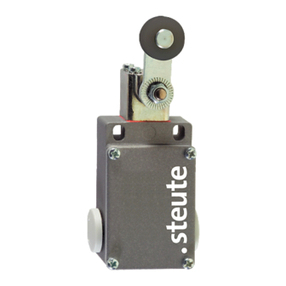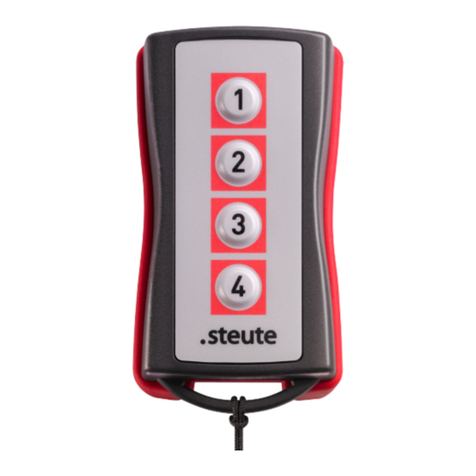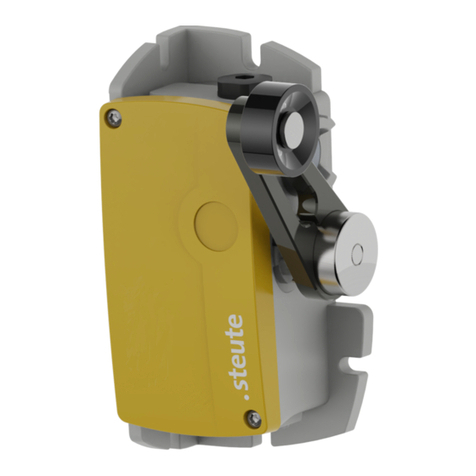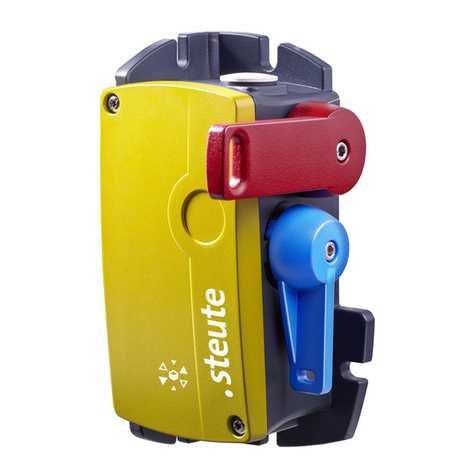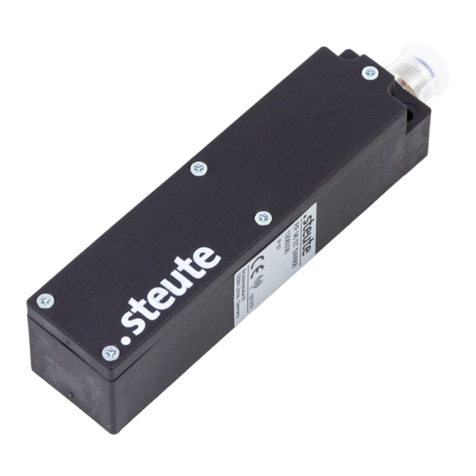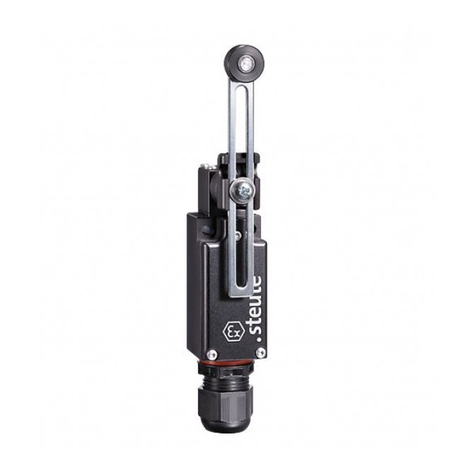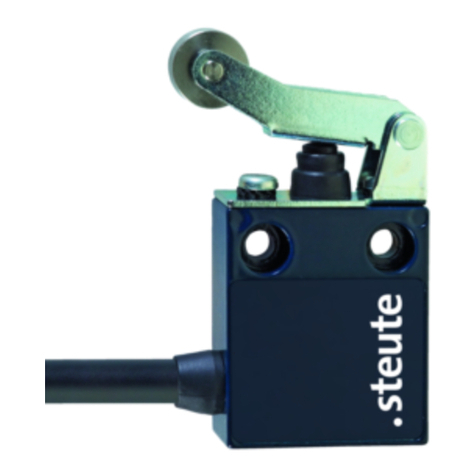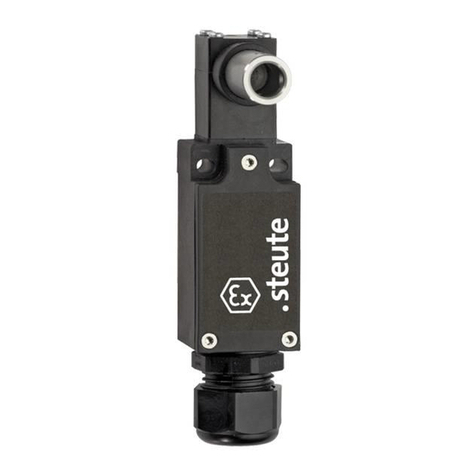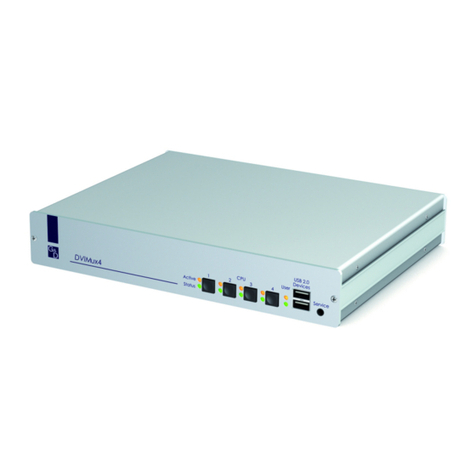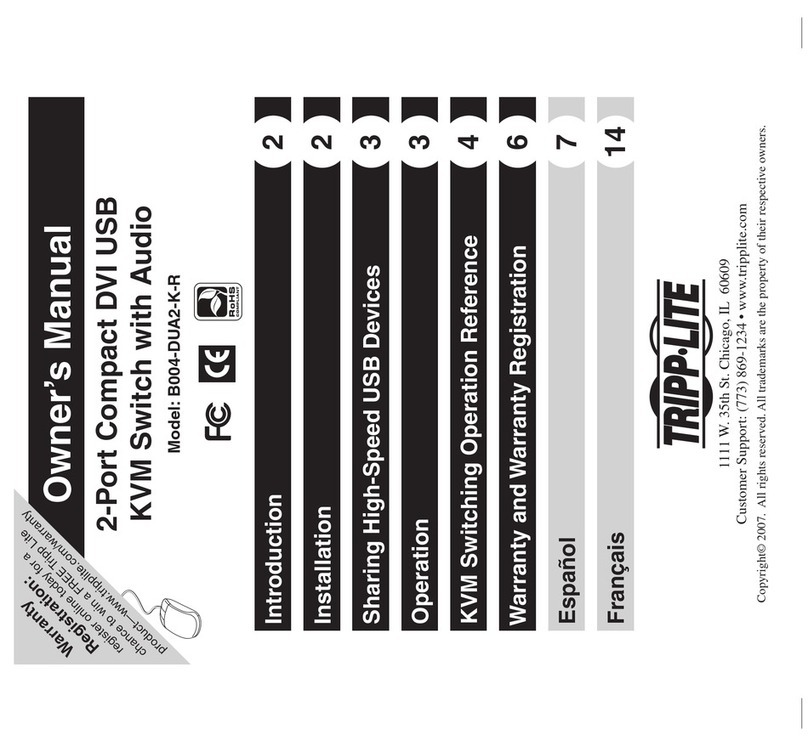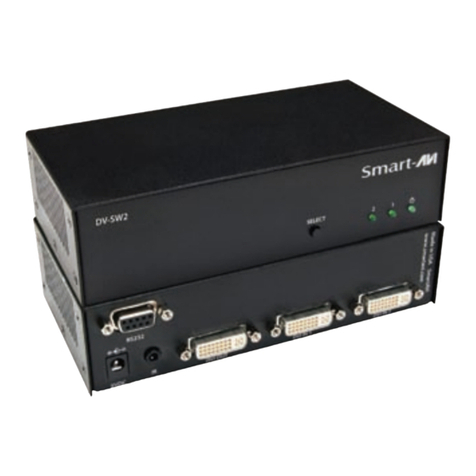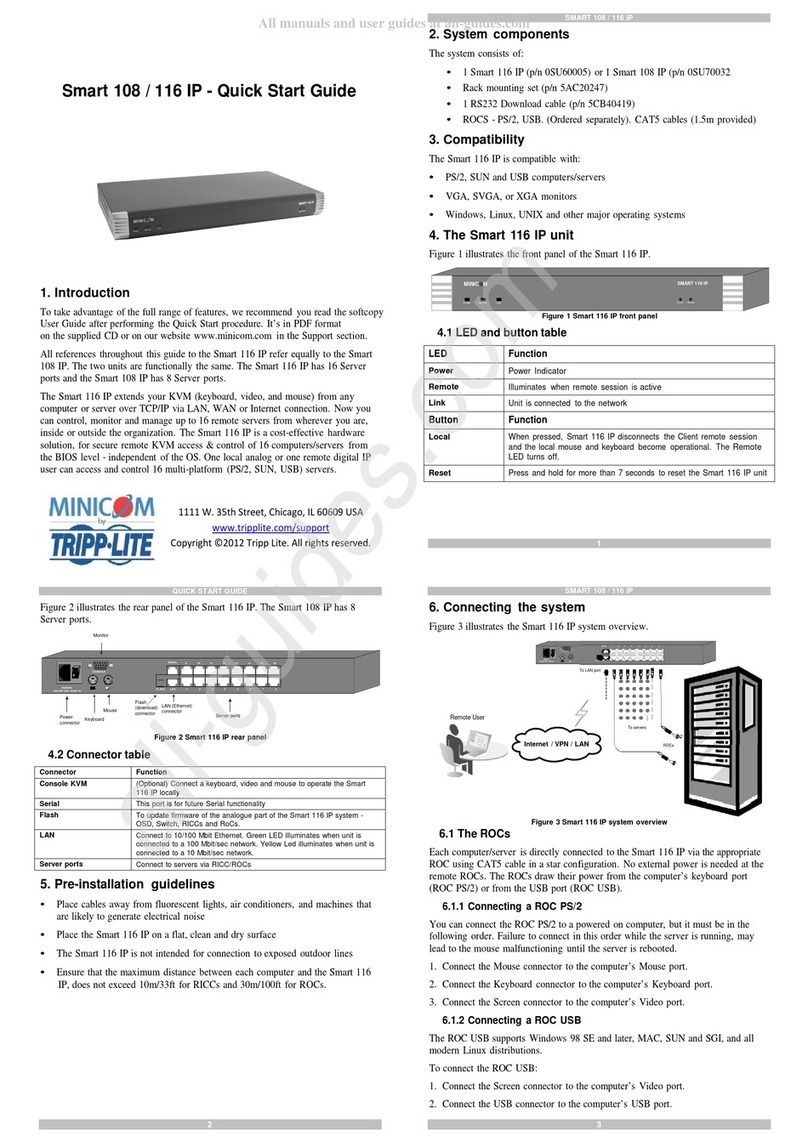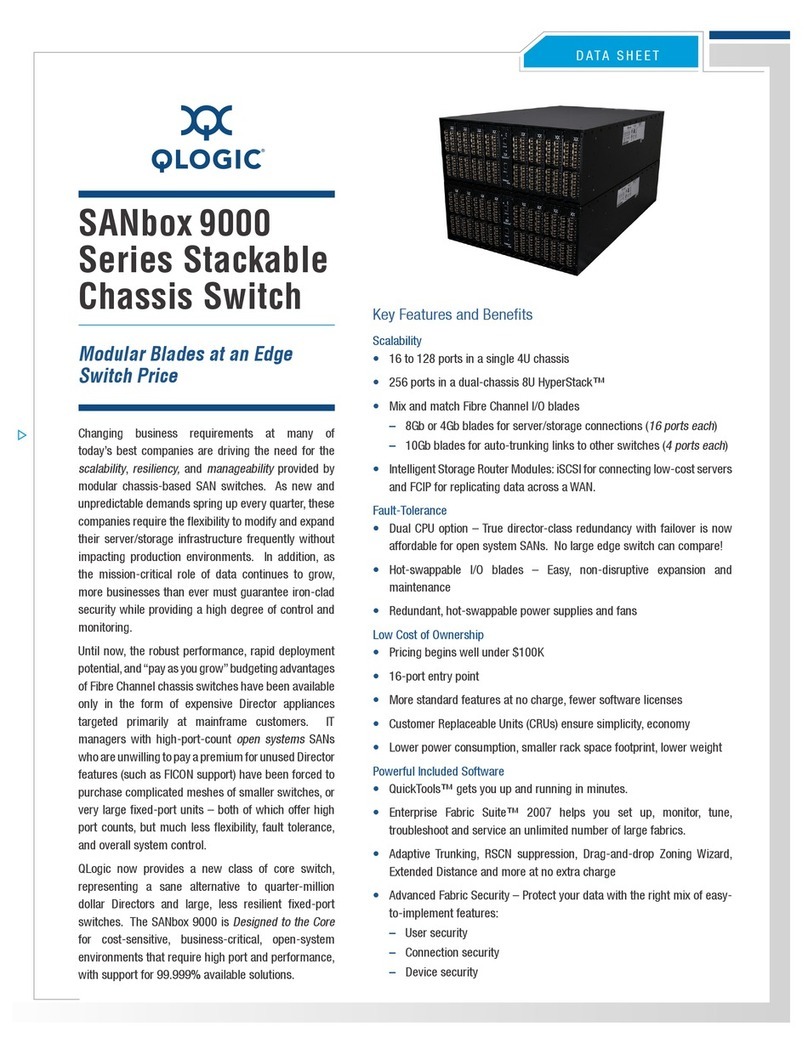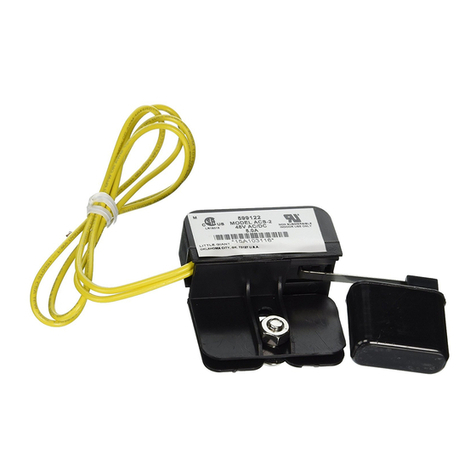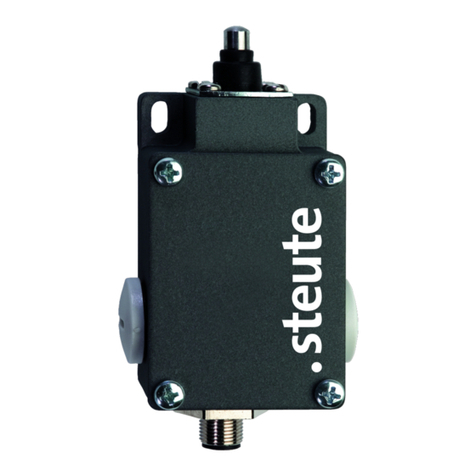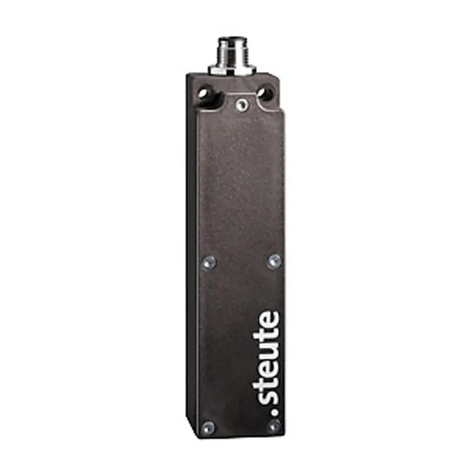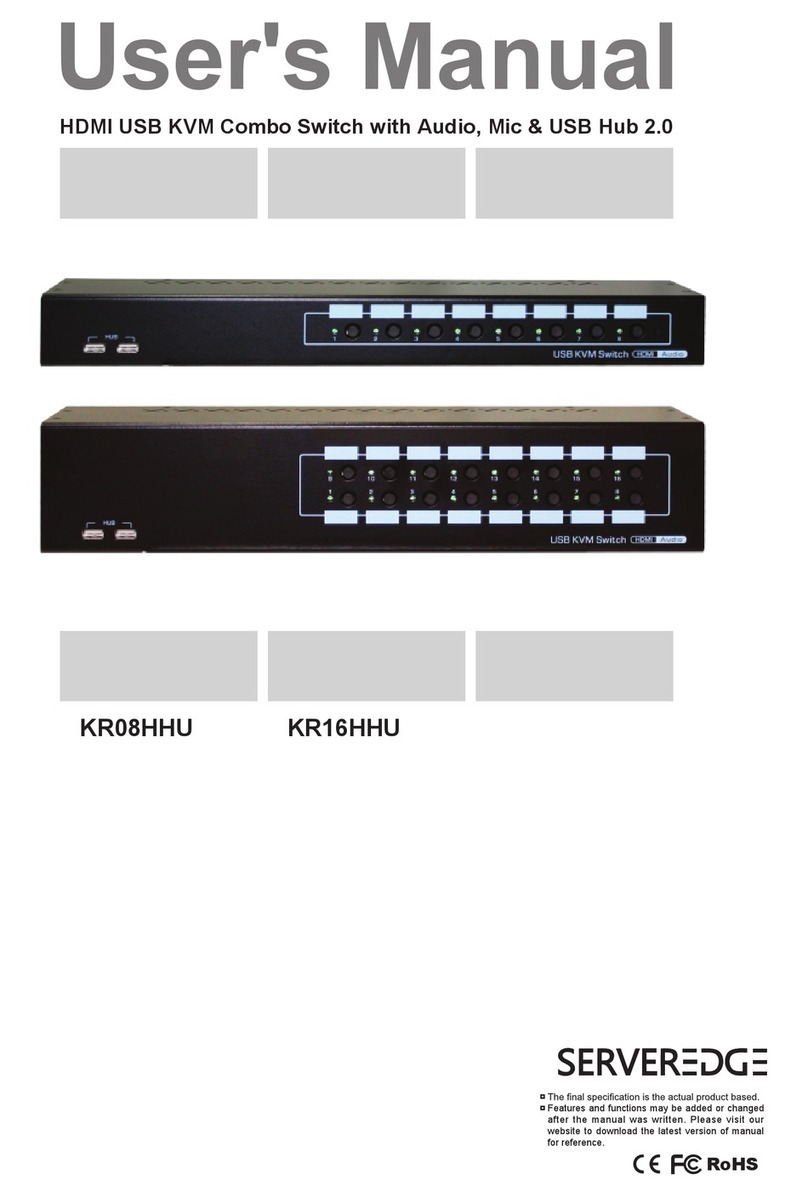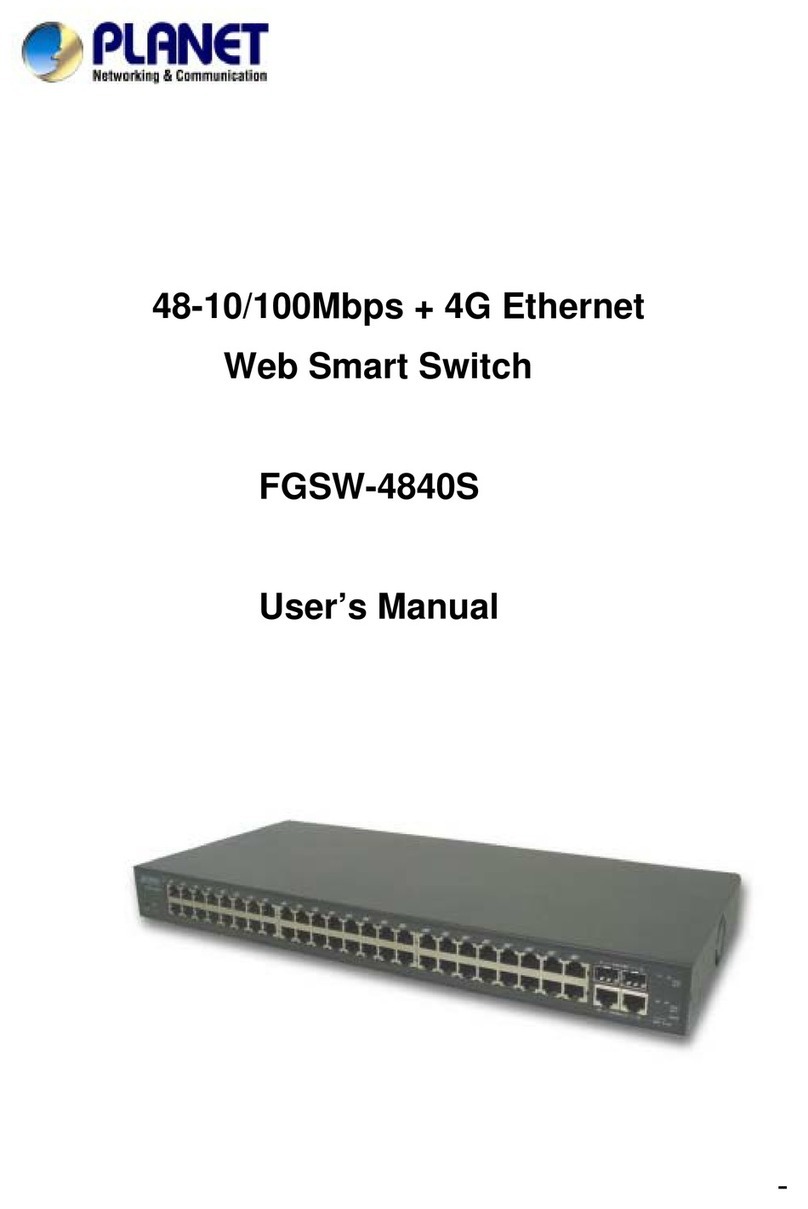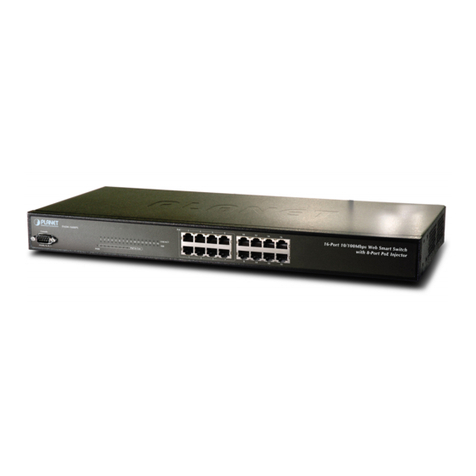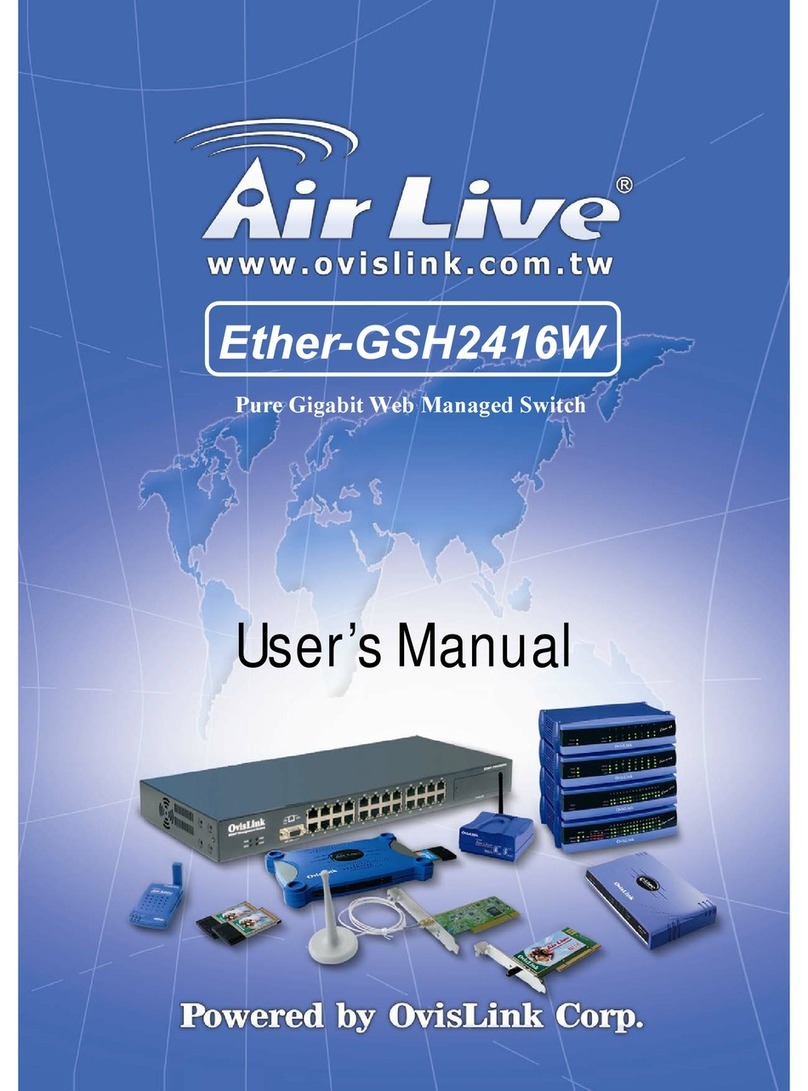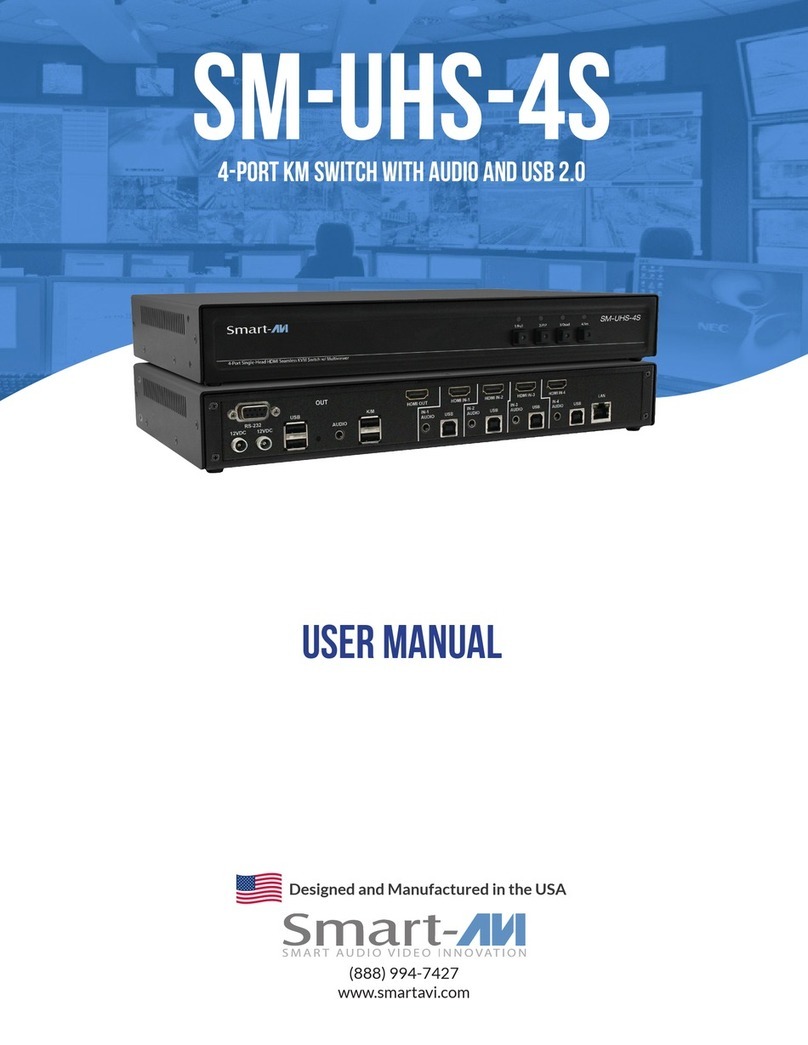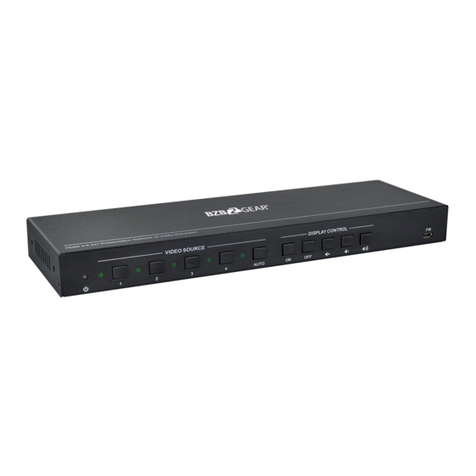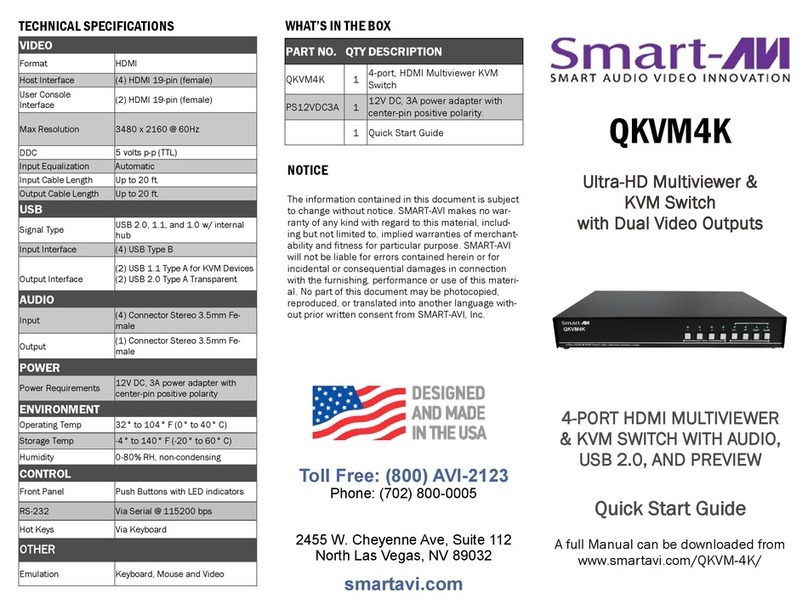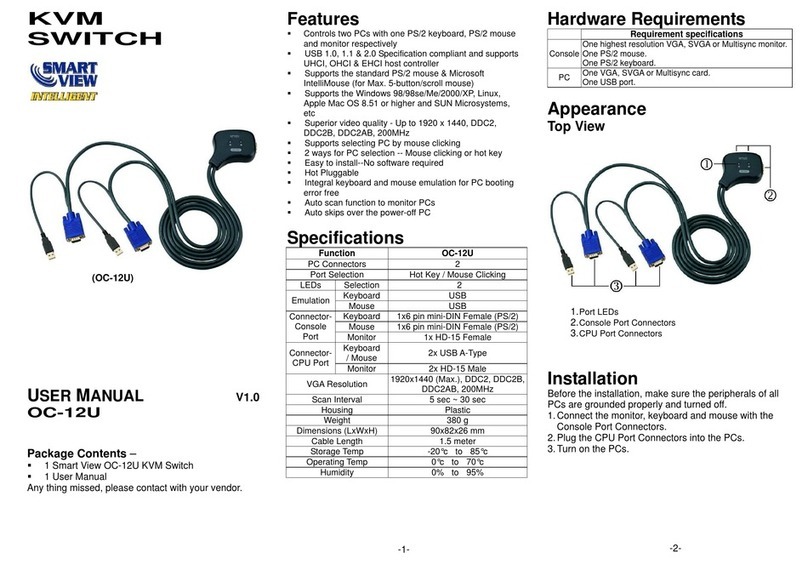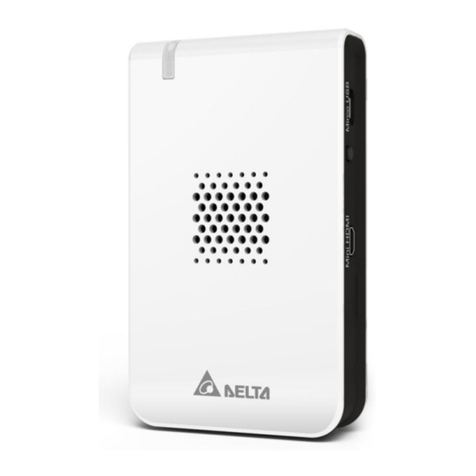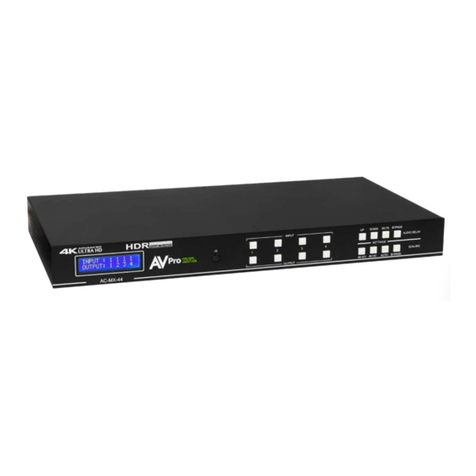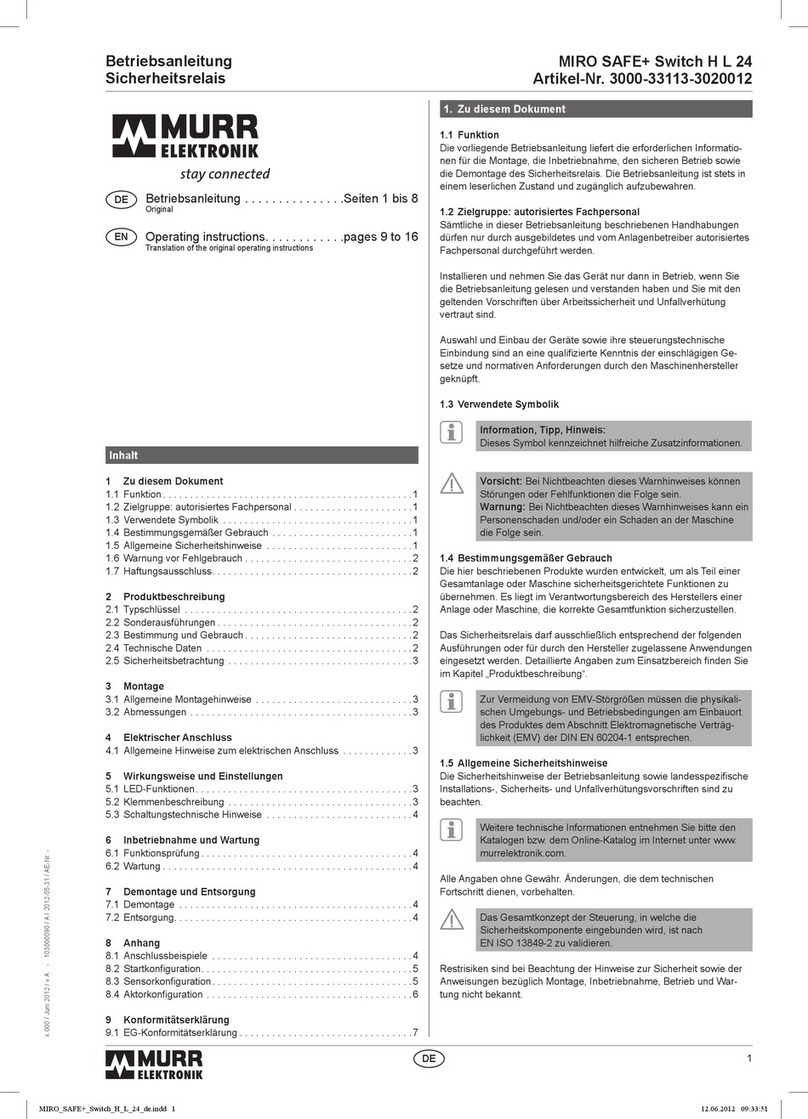
steute Schaltgeräte GmbH & Co. KG
Brückenstraße 91, 32584 Löhne, Germany, www.steute.com
//
RF HB SW2.4
Montage- und Anschlussanleitung / Funkschalter
Mounting and wiring instructions / Wireless switch
Instructions de montage et de câblage / Interrupteur de radio
Istruzioni di montaggio e collegamento / Interruttori di radio
Instruções de montagem e instalação / Interruptores de rádio frequência
Инструкции Монтаж и Коммутация / Переключатели c сигнальной технологией
English
- Only use alkaline batteries.
- Never mix used and new batteries.
Battery type: 3x IEC- LR03 (Typ AAA – »Micro«)
Every alkaline battery of this type is fundamentally usea-
ble. However, to achieve the envisaged running time, the
battery capacity should exceed ≥1.2 Ah.
Change of Battery:
1. Terminal shutdown.
2. Open battery housing – Unbolt both battery housing screws.
3. Remove empty batteries and insert new ones. Ensure correct
polarity (see marking).
4. Close battery housing – Tighten both battery housing screws.
Disposal
The wireless hand control contains electronic components, cables and
plastic components. The owner is responsible for correct disposal of
the wireless hand control and its attachments. Local and industry-spe-
cific environmental stipulations must be observed when disposing of
the wireless hand control, its attachments and packaging. Battery dis-
posal: Old batteries contain contaminants and heavy metals which are
both unhealthy and harmful to the environment. For this reason con-
sumers are obliged to dispose of batteries by taking them to a recog-
nized collecting point provided by retailers and local authorities.
Notices
Regulatory information on the OEM device should contain the following
labelling: Approved in accordance with R&TTE directive transmitter
module marked by CE, manufactured by steute registered as OEM
product. FCC Regulatory Information The Federal Communication
Commission Radio Frequency Interference Statement includes the fol-
lowing paragraph. This equipment has been tested and found to com-
ply with the limits pursuant to Part 15 of the FCC Rules. These limits
are designed to provide reasonable protection against harmful inter-
ference in a residential installation. This equipment generates, uses
and radiates radio frequency energy and, if not installed and used in
accordance with the instructions, may cause harmful interference to
radio communication. However, there is no guarantee that interfer-
ence will not occur in a particular installation. If this equipment does
cause harmful interference to radio or television reception, which can
be determined by turning the equipment off and on, the user is en-
couraged to try to correct the interference by one or more of the fol-
lowing measures: -Reorient or relocate the receiving antenna. - In-
crease the separation between the equipment and receiver. -Connect
the equipment into an outlet on a circuit different from that to which
the receiver is connected. -Consult the dealer or an experienced radio
/ TV technician for help. Radiofrequency radiation exposure informa-
tion: This equipment complies with FCC radiation exposure limits set
forth for an uncontrolled environment. This equipment should be in-
stalled and operated with minimum distance of 20cm between the ra-
diator and your body. This transmitter must not be co-located or oper-
ating in conjunction with any other antenna or transmitter. Non-au-
thorized modification could void authority to use this equipment. "This
device complies with Part 15 of the FCC Rules and with RSS-210 of In-
dustry Canada. Operation is subject to the following two conditions: (1)
this device may not cause harmful interference, (2) this device must
accept any interference received, including interference that may
cause undesired operation." This device contains FCC-ID
SW100AMBINT / SW100AMBEXT Subject to technical modifications.
Reconstruction and alterations at the switch are not allowed. Moreover
steute does not assume any liability for recommendations made or im-
plied by this description. New claims regarding guarantee, warranty or
liability cannot be derived from this description beyond the general
terms and conditions of delivery.
français
Destination et usage
L’appareil de commande manuel sans fil de la série »RF HB SW2.4«
(1365610) répond aux normes européennes 1999/5/EG pour les instal-
lations radioélectriques et équipements terminaux de télécommunica-
tion. L’émetteur 4 canaux est utilisé pour la commutation des consom-
mateurs électriques par transmission radio (technologie sans fil
sWave® 2,4 GHz). L'émetteur ne peut être utilisé qu’avec le type de ré-
cepteur 4 canaux: RF RxT SW2.4-4W-VAL 24 VAC / DC (1.187.208).
Fixation / Raccordement / Fonctionnement radio
Le rayon d’action (max. 10 m) de la télécommande dépend de la mise en
place du récepteur et des particularités locales. Les influences suivantes
peuvent conduire à une diminution du rayon d’action:
- Perturbations radioélectriques
- Réseaux WLAN ou Bluetooth dans le voisinage immédiat
- D’autres appareils sans fil sur la même fréquence
- Orientation de l’antenne défavorable
- Présence de métaux en général
- Personnes dans la zone de transmission
- Isolation des murs avec revêtement métallique
Coexistence et le fonctionnement en parallèle de systèmes de sWave®
2.4GHz:
Si d'autres systèmes sans fil 2,4 GHz sont utilisés dans le même es-
pace, des collisions sont alors inévitables, lors de transmissions sur la
même fréquence et au même moment. Remarque: Le fonctionnement
de plusieurs systèmes sans fil sWave® 2.4 GHz doit être limité à max. 4
systèmes. Remarque: Le fonctionnement simultané des réseaux WLAN et
Bluetooth est possible. Si des perturbations devaient se répétées (inter-
ruption de transmission radio), une planification radio doit être effectuée.
Mise en service / Appairage
ATTENTION! Le dispositif terminal doit être mis hors circuit pour éviter
un déclenchement accidentel pendant la procédure de l’appairage
1. Déclencher le mode appairage du récepteur (voir les instructions de
montage récepteur)
2. Si pas encore fait, placer les batteries.
3. a) Auparavant, la télécommande n’avait pas de partenaire d’appai-
rage et démarre tout de suite en mode appairage.
b) En cas d’appairage déjà effectué, attendre jusqu'à ce que la télé-
commande soit en mode veille (> 2,5 s), puis appuyer sur les deux
boutons trois/quatre (3/4) en même temps et maintenir (> 3 s).
4. Emetteur et récepteur se trouvent en mode appairage et échangent











